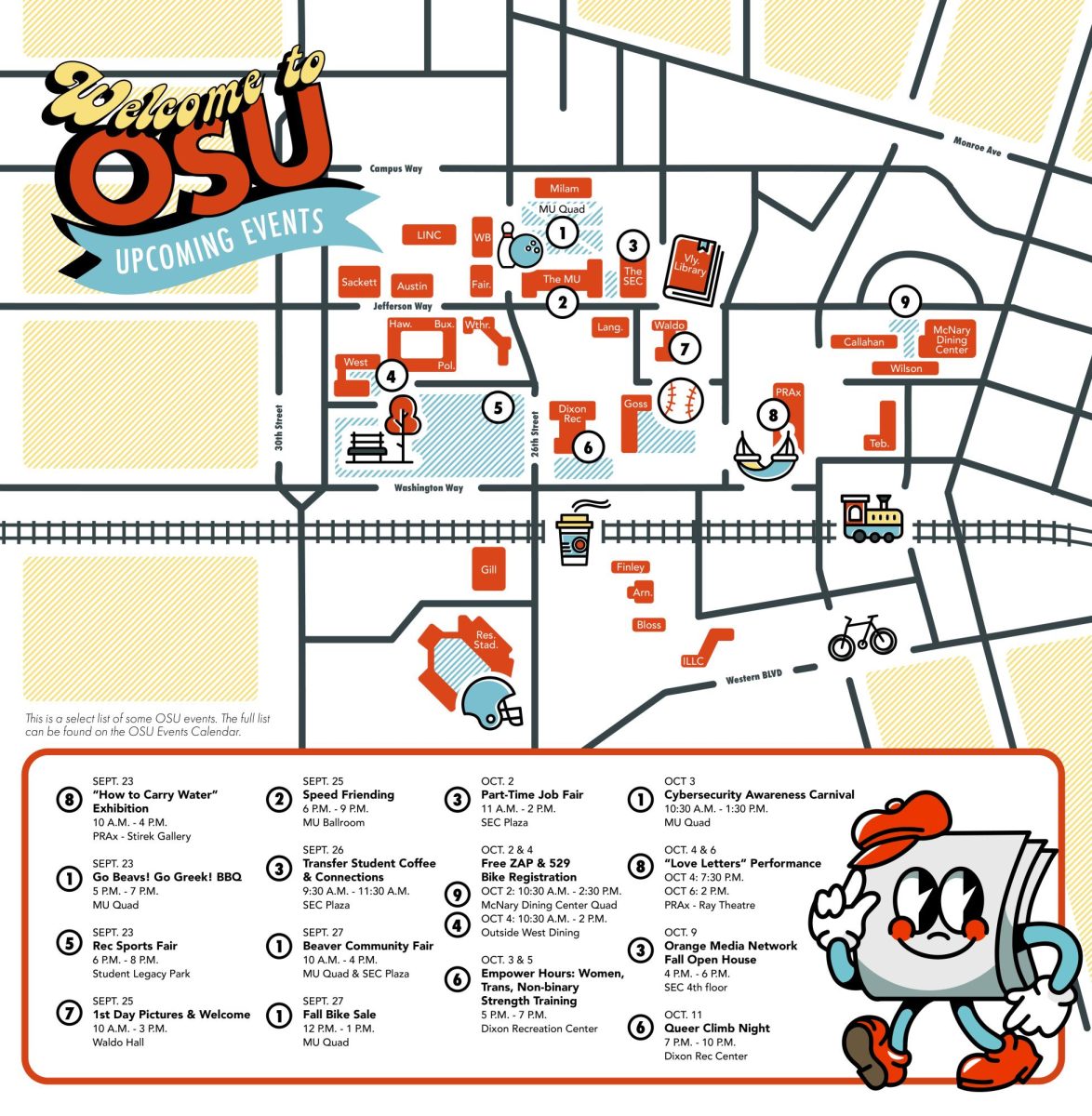The analysis considered two main factors:
1. Whether the game was played at home (“h”) or away (“a”).
2. The margin of victory (or defeat).

The regression model showed that, on average, playing at home provided a 10.65-point advantage over playing on the road. This effect was statistically significant, with a p-value of 0.0005. Basically, 0.0005 means that location of the game definitely had an impact on the margin of the victory.
We even get a cool equation out of it, where ‘mv’ is margin of victory and ‘ha’ is home or away. We set h to 1 and a to 0.
mv = -7.549 +10.653 x ha
This equation tells us that OSU is expected to lose by 7.55 points in away games (almost exactly a touchdown).
However, by playing at home, we add 10.653 points to OSU’s expected margin of victory. Here, that is equivalent to a touchdown and a field goal.
But what is the range of this? Is it always like this?
This is an estimate, so to really describe the advantage I made a confidence interval. Based on our regression, we are 95% confident that OSU’s home field advantage is between 4.69 and 16.62 points.


















































































![Newspaper clipping from February 25, 1970 in the Daily Barometer showing an article written by Bob Allen, past Barometer Editor. This article was written to spotlight both the student body’s lack of participation with student government at the time in conjunction with their class representatives response. [It’s important to note ASOSU was not structured identically to today’s standards, likely having a president on behalf of each class work together as one entity as opposed to one president representing all classes.]](https://dailybaro.orangemedianetwork.com/wp-content/uploads/2025/03/Screenshot-2025-03-12-1.00.42-PM-e1741811160853.png)




























